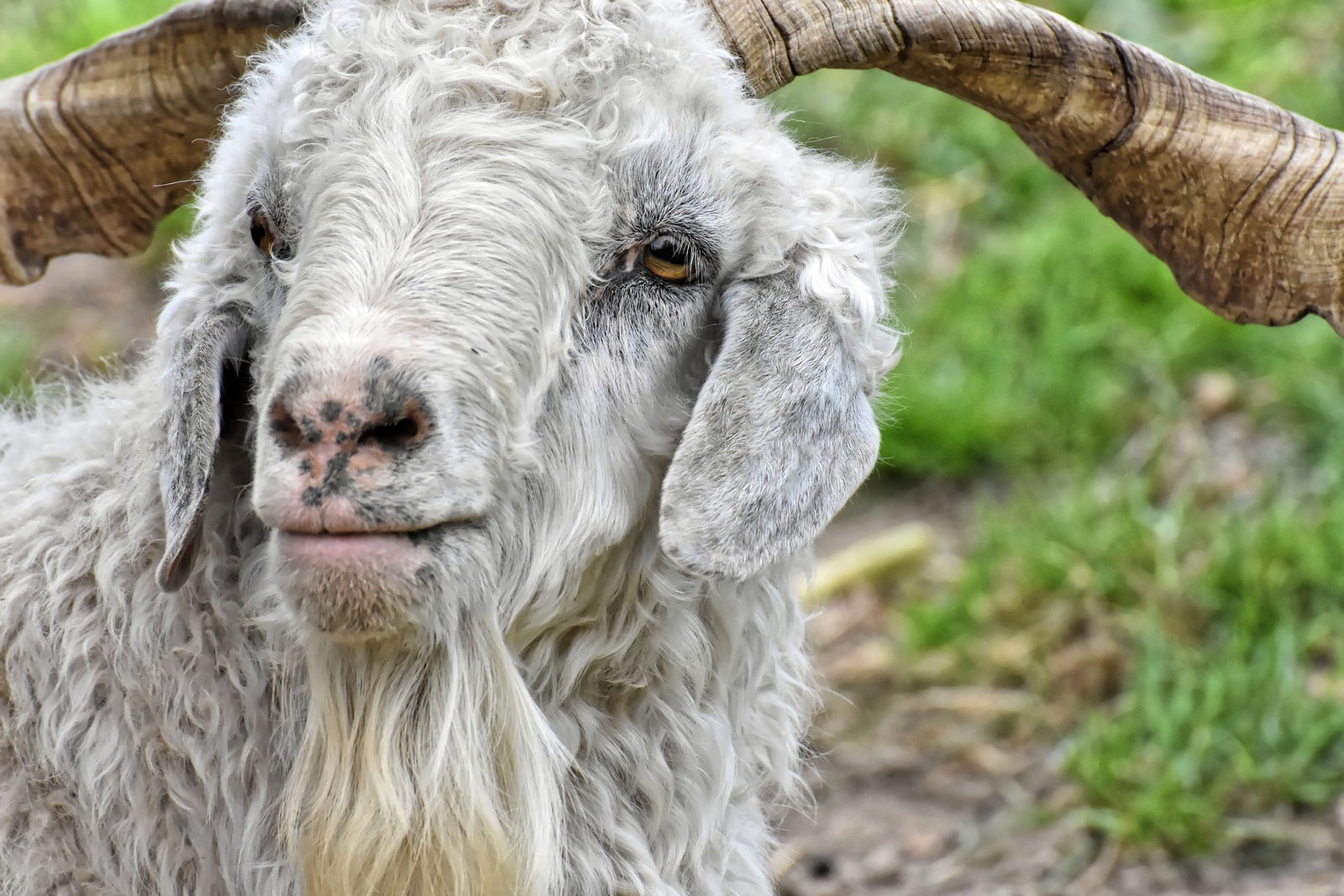In short: yes!
Cashmere is a lovely example of an awful word: "masstige," which occurs when the forces of globalization push a high-end product into the mass market.
Inner Mongolia, the heartland of cashmere production, is based on a nomadic herding practice that dates back to Genghis Khan. Between 1949 and 2004, the herd grew from 2.4 million to 25.8 million goats. Many researchers believe that this herd is to blame for the Gobi Desertification as when goats eat grass, they pull it out from the roots, leaving the soil vulnerable to being blown away by the wind.
Moreover, climate change raises the stakes: the yearly average temperature has risen by 2.1 degrees Celsius since 1940, accompanied by a 30% decrease in surface water. Then there are dzuds, which are severe winter weather events. A dzud in Mongolia in 2010 destroyed 8.8 million livestock. The French NGO AVSF.org recently launched a sustainable cashmere program, collaborating with herders to improve the supply chain.
Dr. Carol Kerven calculates the human cost: Inner Mongolian goat herders are underpaid, with goat hair selling for as little as $2.30 per kilo. It can sell for up to $75 per kg once it reaches the international market. Coats are no longer combed to release the highest-quality cashmere hair; instead, the animals are sheared, resulting in a mix of soft and coarse hair.
Cashmere is changing as a result of these developments. It's becoming coarser, and its USP is eroding. A top-quality cashmere sweater requires the combed hair of five goats and a year of growth. That isn't the kind of time range that is appropriate for a global commodity (which cashmere has become). As a result, some low-cost cashmere is false, containing yak hair, synthetics, and even, in one case, rat hair.
However, for £60, you can acquire real 100% cashmere sweaters in 25 colors from major retailers like Uniqlo. How do they manage to do it? Partly because, as they point out, they have a lot of buying power. Apart from that, Uniqlo's business approach separates the producer from the product, unlike Johnston's of Elgin, which still processes cashmere in Scotland and follows its supply chain directly to ranchers in Inner Mongolia. Its cashmere story, which has fueled the brand's global rise, leaves out goats and deserts, and it doesn't explain how this extraordinary raw fiber will be protected in the future.
That's my issue with almost all of the budget cashmere lines. They're great at presenting a warm Christmas fashion story but terrible at everything else. I don't believe it's cool when a supply chain is thus vulnerable.





